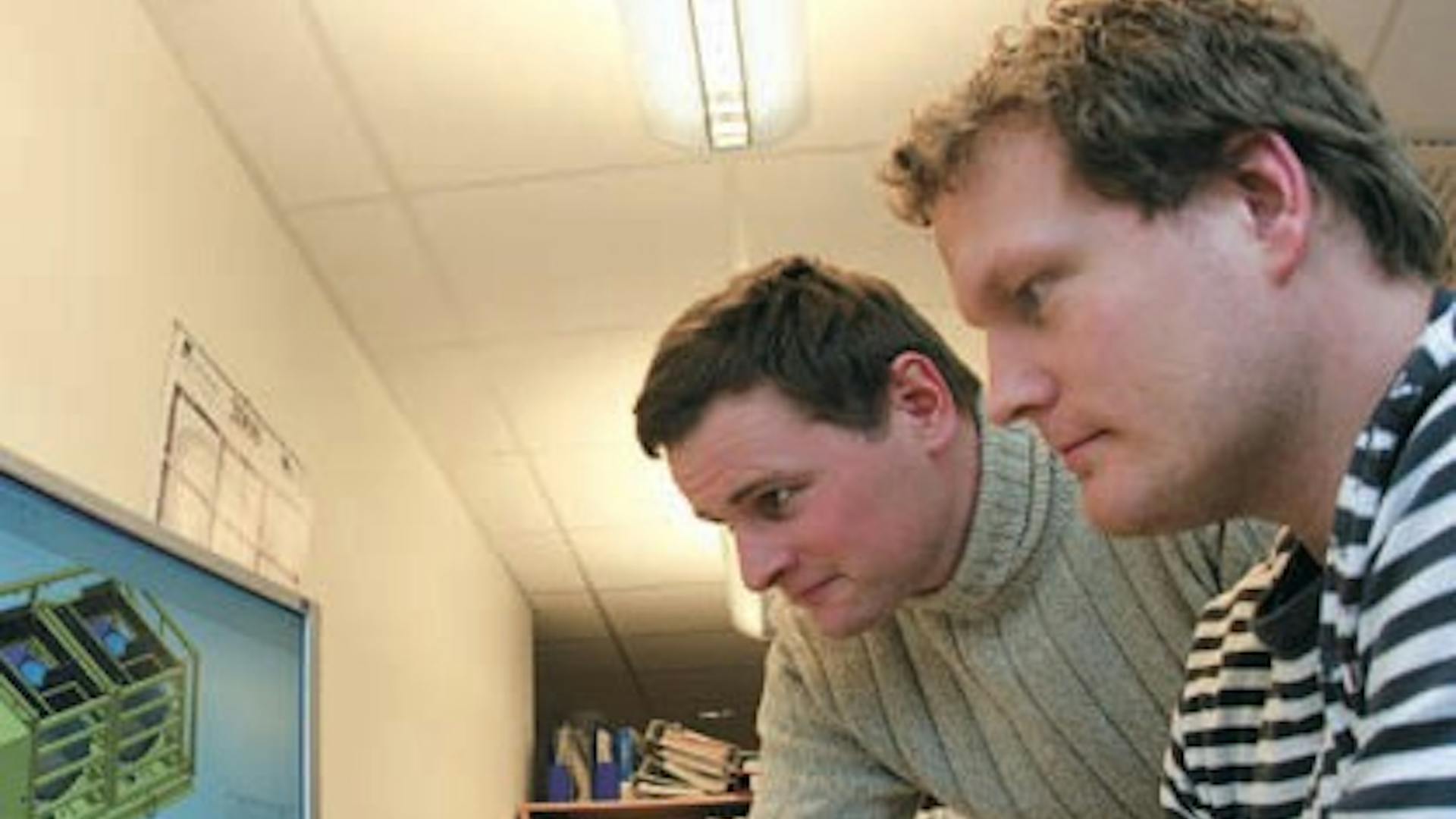
‘- The e-mail from BP reads: A huge thanks to those of you who have been involved in developing the new recycling unit for the helicopter refuelling system. This represents not a tiny progress, but a quantum leap, both for the night watch who normally performs the test, but also for the environment. One of the guys said jokingly the other day, that since it had become so easy to carry out the test, he wanted to do the test 4 times every night.
– As the lifetime of the Valhall platform was to be extended by several years, we made a review of the facility that we had delivered many years previously. BP endorsed our proposal for an upgrade, so we designed and supplied a new pump unit, and a test and recovery unit. Fuel samples are now being treated inside a closed system, thereby avoiding emissions both to the sea and air. What is more, operators do not have to breathe in vapours from the fuel. In the past, operators had to carry out the test out on deck in all kinds of weather. With wind conditions being as they are it often proved impossible to get acceptable tests taken at all. Moreover, because of rains, sleet and snow, water could easily slip into the tests. This problem has been resolved through the upgrading, Endresen says.
BP has for a number of years been one of Imenco’s best customers. Recently a new contract was entered for the supply of a jet fuel facility for BP’s new FPSO named Skarv and Idun.
Aker Kvaerner has been main contractor for the upgrade of Valhall, and the development of Skarv-Idun.
The latter, where BP is licensee and operator, was proven off the coast of Nordland in 1998. Recoverable resources are estimated at 16.8 million standard cubic meters of oil & condensate, and 48.3 bn. standard cubic meters of wet gas. The fields will be developed by means of subsea solutions tied in to the production vessel (FPSO). The gas will be transported through a new branch pipe to be tied up to the existing pipeline going from Åsgard to Kårstø.